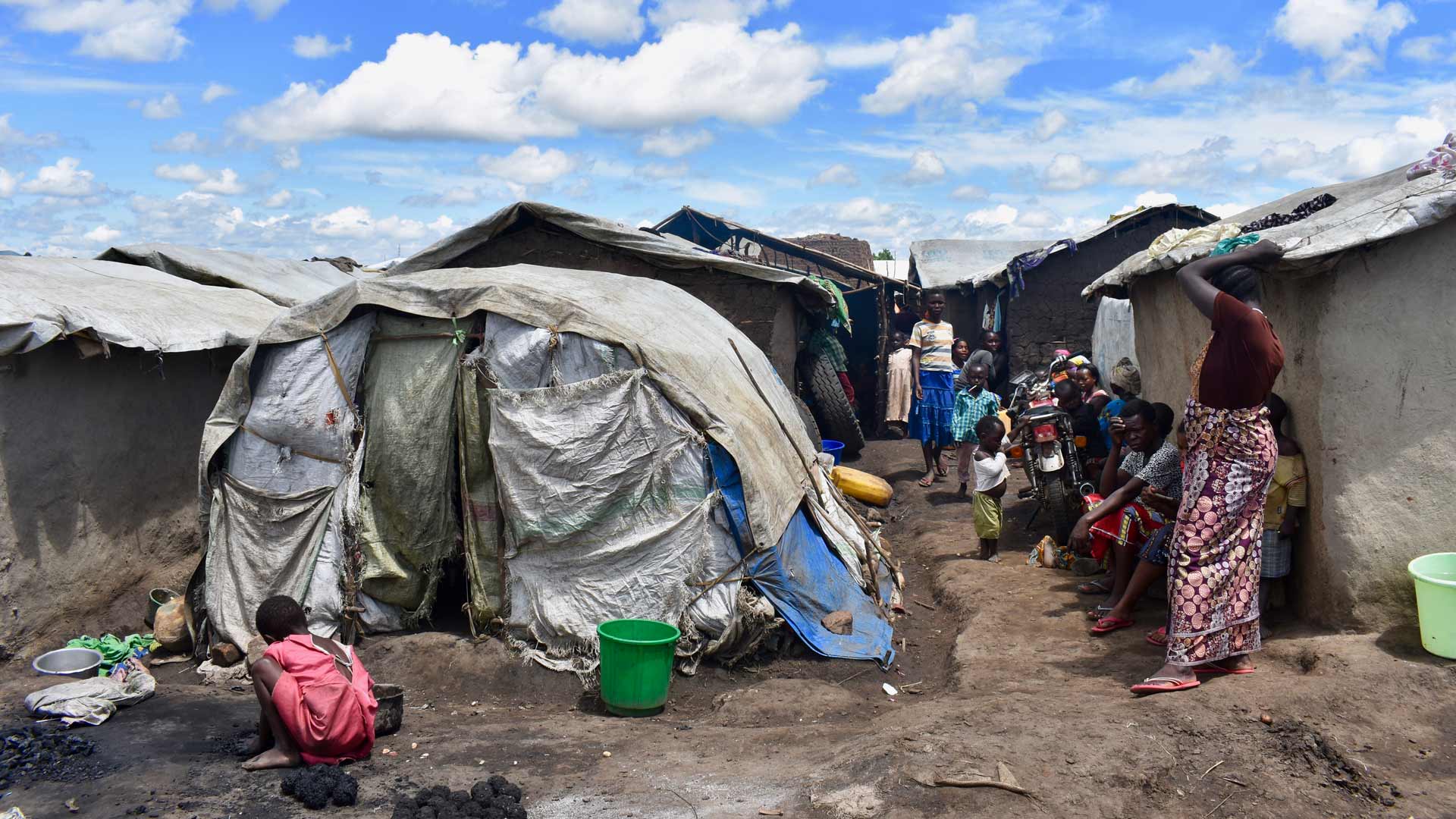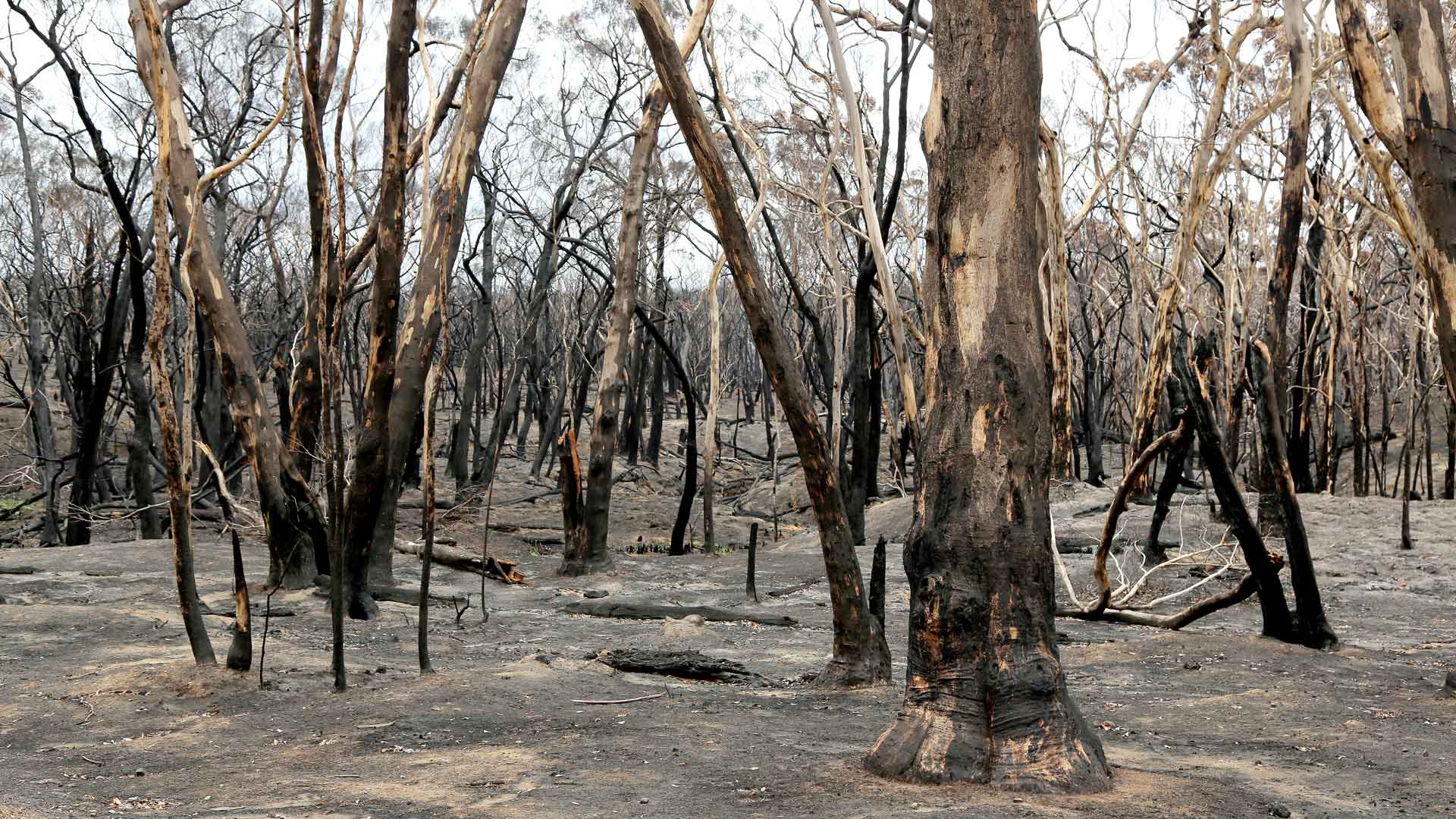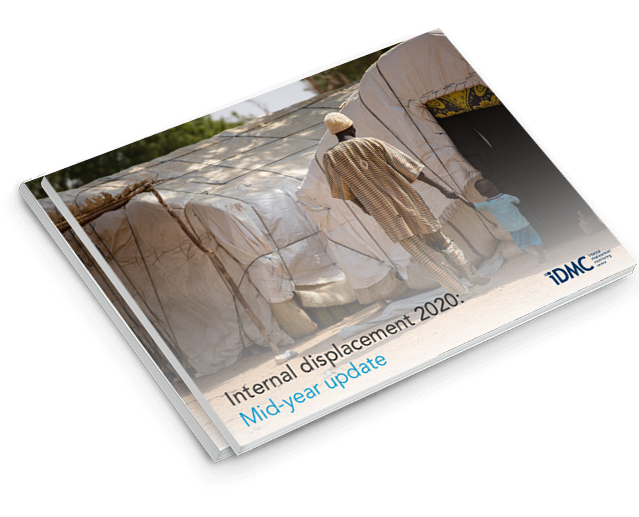Internal displacement 2020: Mid-year update

DOWNLOAD THE REPORT
IDMC’s Mid-year update reveals the most significant new internal displacements associated with conflict, violence and disasters around the world between January and June 2020.
The report serves as an important temperature gauge of global displacement halfway through the year, looking ahead to the trends and patterns expected in the months to come.
At a glance
-
We detected 14.6 million new internal displacements across 127 countries in the first six months of 2020.
-
Conflict and violence displacement increased sharply in a number of countries.
-
Disasters continue to trigger the majority of new displacements worldwide.
-
The UN Secretary General’s call for a global ceasefire to focus efforts on tackling the Covid-19 pandemic was taken up in a number of countries, but only briefly.
-
Most displacement that could happen in 2020 is still to be accounted for.
-
Measures to curb the spread of Covid-19 have impeded the collection of displacement data.
Countries and territories with most new displacements: January-June 2020
COUNTRIES WITH THE HIGHEST NEW DISPLACEMENT
Seasonality of disaster displacement

Most displacement that could happen in 2020 is still to be accounted for. Looking at the historical seasonality of disaster displacement, it can be seen that displacement triggered by floods and storms occurs mostly during the second half of the year.
In fact, major flooding has taken place in China, Bangladesh and several countries in the Sahel region of Africa since 30 June, and monsoon rains have taken hold in South and East Asia. These events will inevitably have triggered displacement, and more is to be expected given that the typhoon season in East Asia and the Pacific is ongoing. The Atlantic hurricane season is also expected to be particularly active.

Highlight: Ituri (DRC)

Ituri province in eastern DRC has been affected by intercommunal violence for decades, and clashes between different ethnic groups are common.
Developments in the first half of 2020 were cause for new concern. Around 813,000 new displacements were reported in the first half of 2020 in Ituri province alone, almost 60 per cent of the national total of more than 1.4 million.
Highlight: Yemen
Yemen’s humanitarian crisis continued to deepen in the first half of 2020, as ongoing conflict, some of the worst flooding in years and the Covid-19 pandemic combined to trigger new displacement and heighten IDPs’ vulnerabilities.

Highlight: Cyclone Amphan

At its peak, Cyclone Amphan had sustained windspeeds of a Category-5 storm. While it weakened to Category-2 ahead of its landfall, its strength was sufficient to prompt about 3.2 million pre-emptive evacuations across India and Bangladesh. Amphan triggered the highest number of displacements in the first half of 2020, and highlights the success of early warning systems and prevention protocols in the two countries, which have pursued a zero-casualty policy.
Highlight: Australia bushfires
Wildfires of unprecedented scale and intensity raged in Australia between July 2019 and February 2020, triggering at least 65,000 new displacements. Almost three-quarters took place in early 2020. Nearly 17 million hectares of land were burnt, particularly in the states of New South Wales (NSW), Victoria, South Australia and the Australian Capital Territory.

Download the report
The mid-year figures reveal the most significant new internal displacements associated with conflict, violence and disasters between January – June 2020.
Photo credits
Credits for full-width images in order of appearance on this page:
- Aerial view of Monguno displacement camp in Nigeria, March 2020, © Tom Peyre-Costa/NRC.
- A family makes their way through flood waters after severe floods struck Bangladesh during the last week of June 2020, © IFRC.
- A frontline physician at one of IOM’s Health Centers in Cox’s Bazar. Along with a team of trained staff, she manages suspected COVID-19 cases at the Isolation Treatment Facility, May 2020, © International Organization for Migration.
- Milton New, South Wales during the bushfire emergency in January 2020, © Australian Red Cross/Felicity Calvert.
All other credits accompany the images directly.
